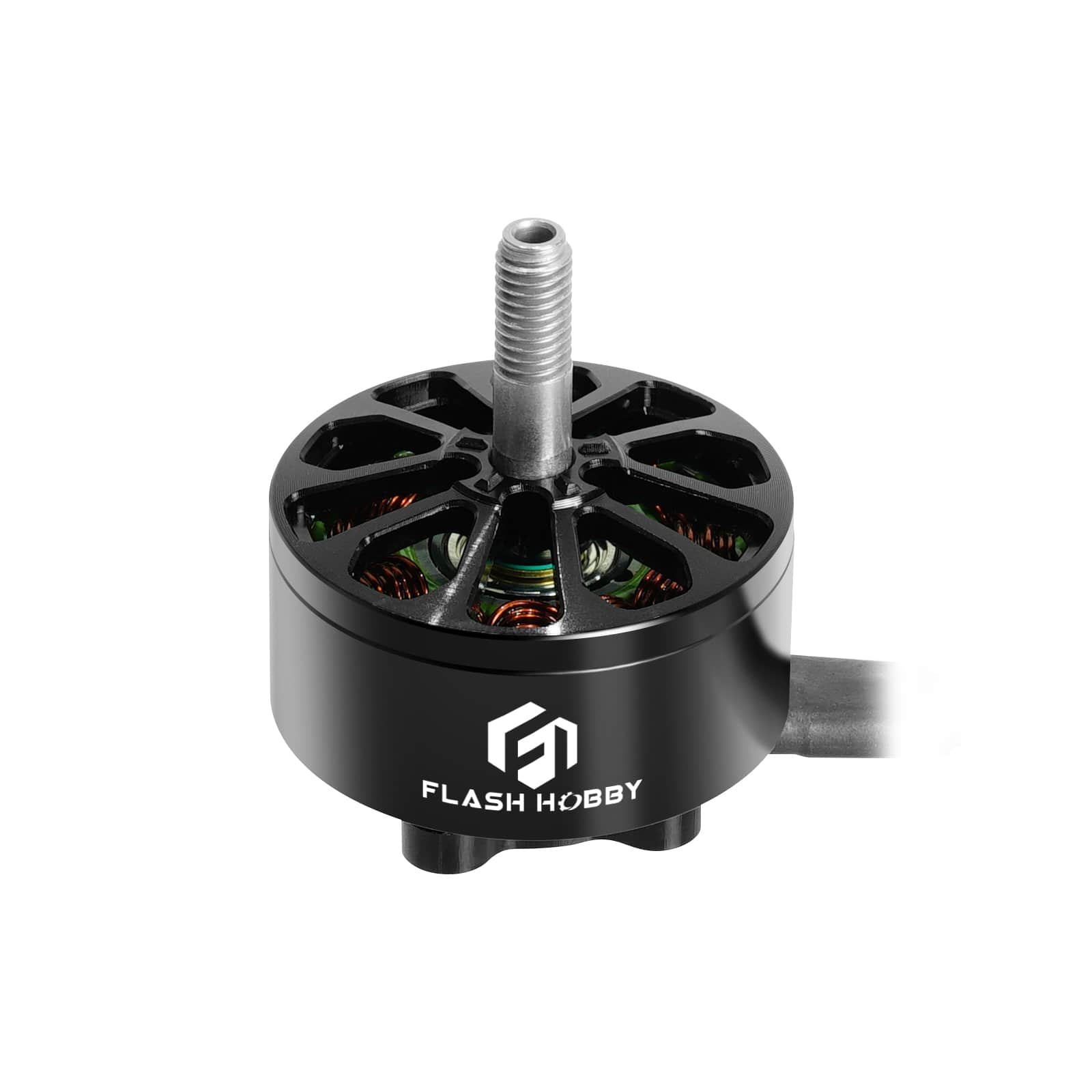Key features and considerations when it comes to FPV racing motors
2024-04-09
FPV (First Person View) racing motors are specialized motors designed specifically for use in FPV racing drones. These motors are crucial components of racing drones, as they directly affect the drone's speed, agility, and overall performance. Here are some key features and considerations when it comes to FPV racing motors:
1. Size and Configuration: FPV racing motors come in various sizes, typically measured by the stator diameter and height (e.g., 2205, 2306, 2207). The size and configuration of the motor determine its power output and suitability for different types of racing drones.
2. KV Rating: The KV rating (RPM per volt) of a motor indicates its rotational speed. Higher KV motors spin faster but may require lighter propellers and smaller batteries. Lower KV motors provide more torque and are suitable for larger drones or long-range flights.
3. Construction and Materials: Racing motors are often constructed using lightweight and durable materials such as aluminum alloys and high-grade steel. The quality of the bearings, magnets, and windings can also impact the motor's performance and longevity.
4. Power Output: FPV racing motors are rated by their maximum power output, measured in watts or thrust. Higher power motors generate more thrust and speed, but they may also draw more current and drain the battery faster.
5. Efficiency: Efficient motors produce less heat and waste less energy, resulting in longer flight times and better overall performance. Look for motors with optimized designs and high-quality components for improved efficiency.
6. Compatibility: It's essential to ensure that the racing motor is compatible with your drone's frame, propellers, and electronic speed controller (ESC). Pay attention to mounting hole patterns and motor shaft sizes to ensure a proper fit.
7. Durability and Crash Resistance: Racing drones often crash during high-speed maneuvers or tight racing circuits. Durable motors with reinforced construction and crash-resistant features can withstand impacts and continue to perform reliably.
8. Propeller Compatibility: The motor's size, KV rating, and power output should match the propellers used on your racing drone. Choosing compatible propellers ensures optimal performance and efficiency.
9. Cooling: Efficient heat dissipation is essential for maintaining optimal motor performance, especially during prolonged or high-intensity flights. Some racing motors feature cooling fins or vents to help dissipate heat and prevent overheating.
10. Brand and Reputation: Consider purchasing racing motors from reputable manufacturers known for producing high-quality components and reliable performance. Reading reviews and seeking recommendations from experienced FPV racers can help you make informed decisions.
When selecting FPV racing motors, it's essential to consider factors such as size, KV rating, power output, efficiency, durability, compatibility, and cooling capabilities to ensure they meet the specific requirements of your racing drone and flying style.



